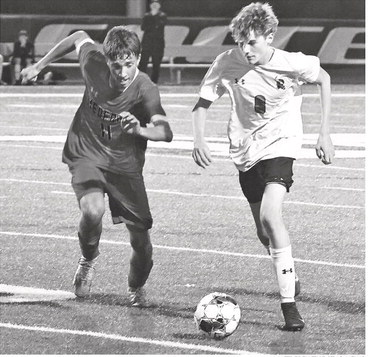Report highlights volunteer contributions in state areas
The Wisconsin DNR is celebrating volunteers who work on their own or in socially-distanced small groups, at State Natural Areas (SNA), to help control invasive species, collect and plant native seeds, and cut and burn brush during the ongoing COVID-19 pandemic.
The DNR’s recently released 2020 SNA Volunteer Report, shows that such volunteers collectively contributed as many hours – nearly 5,800 – as in previous years, despite COVID- 19 safety precautions and group size restrictions.
In addition, volunteers worked on more than 1,200 acres at 39 SNAs, maintaining and restoring some of Wisconsin’s best remaining prairies, forests, wetlands and other habitats. Organized workdays will now resume, with safety precautions in place, and the DNR is encouraging people to sign up for workdays in their area.
“Our SNA volunteers are a resilient, committed and passionate group, and we are thankful for their effort and initiative during a difficult year,” said Jared Urban, DNR SNA volunteer program coordinator.
No experience is necessary, and training and equipment is provided on site. Additional safety precautions are in place for workdays, including limiting group size to 10 in one area of the property and 50 overall, staying six feet apart, unless a part of the same household, and limiting tool sharing.
SNAs are designated to conserve the best of Wisconsin prairies, forests, wetlands and other habitats. These special places provide support for 90 percent of rare plant species and 75 percent of rare wildlife species.
Nearly all properties are open to the public to enjoy while bird watching, hiking, hunting and fishing. However, most SNAs are largely undeveloped and do not have restrooms, trails and other facilities like state parks do.
Although the DNR holds more than half of these sites in trust for Wisconsinites, the U.S. Forest Service, The Nature Conservancy, and more than 50 other partners own and manage sites, under a system established in 1951, and spurred by Aldo Leopold and other Wisconsin conservation giants.

